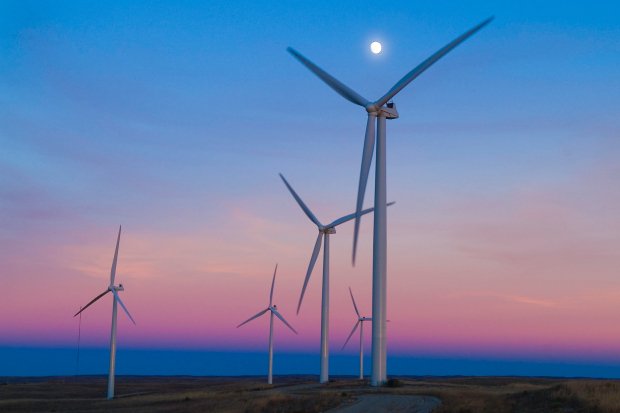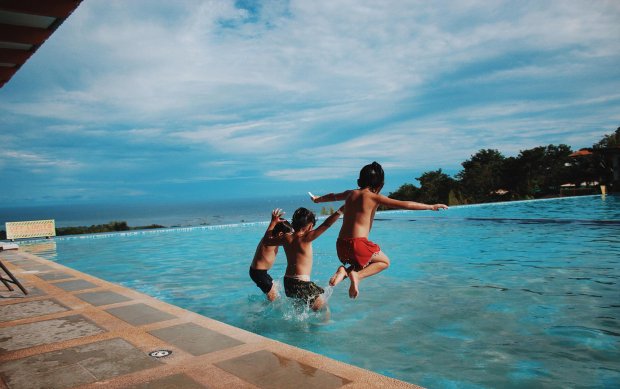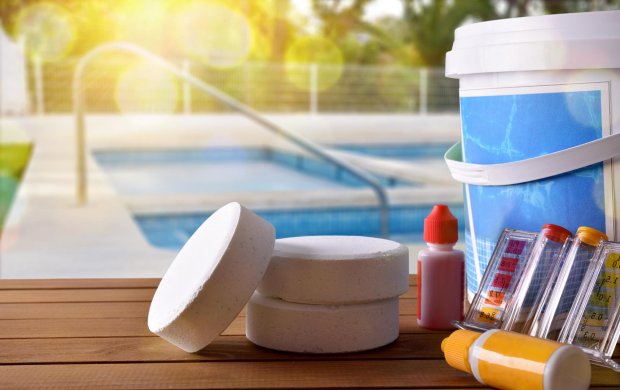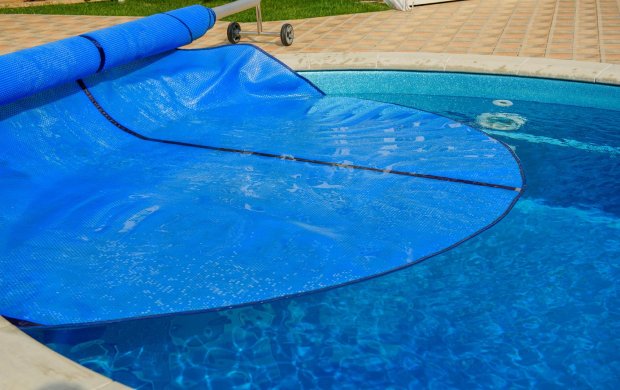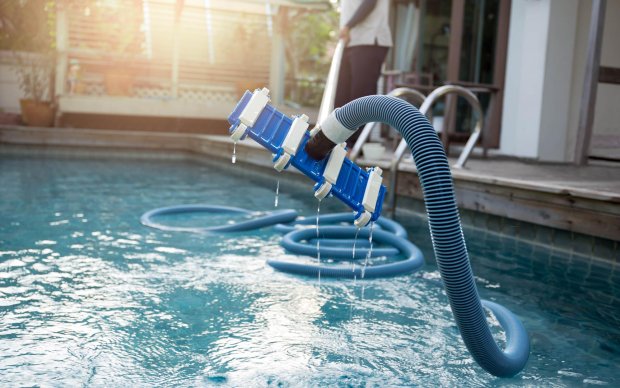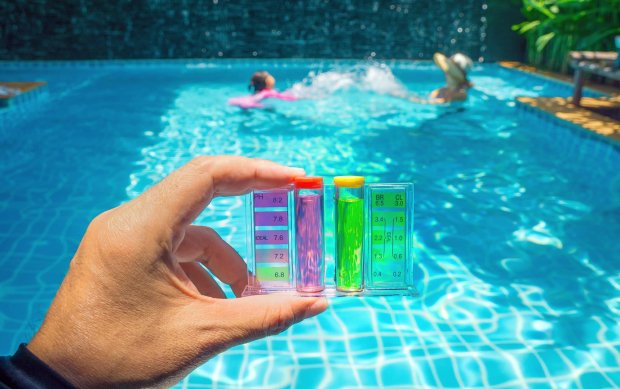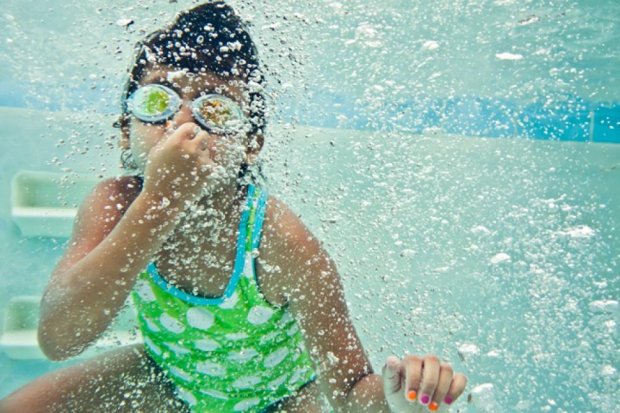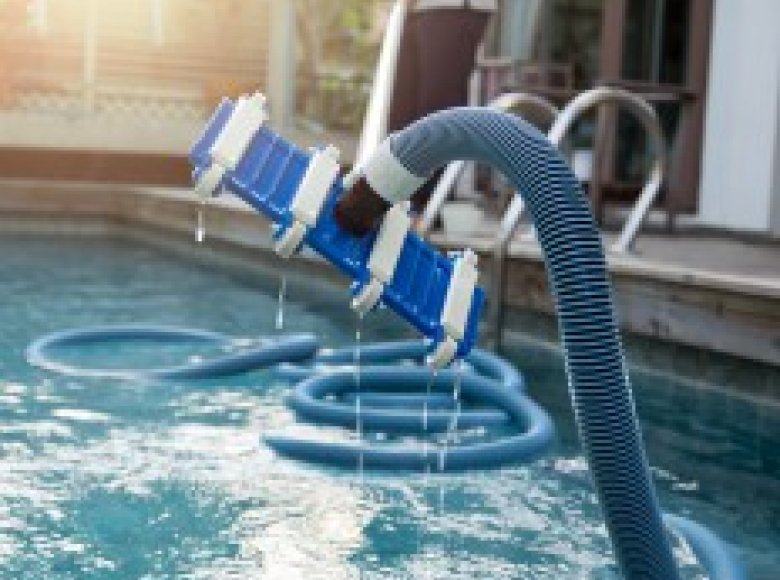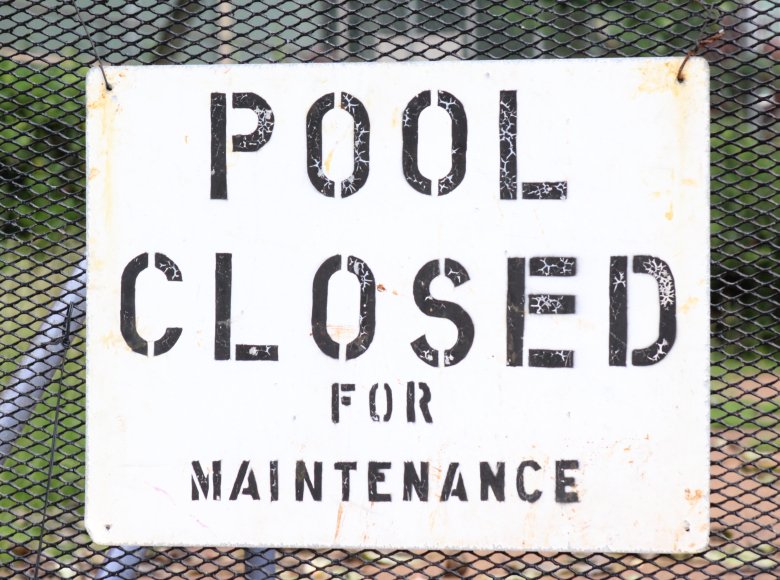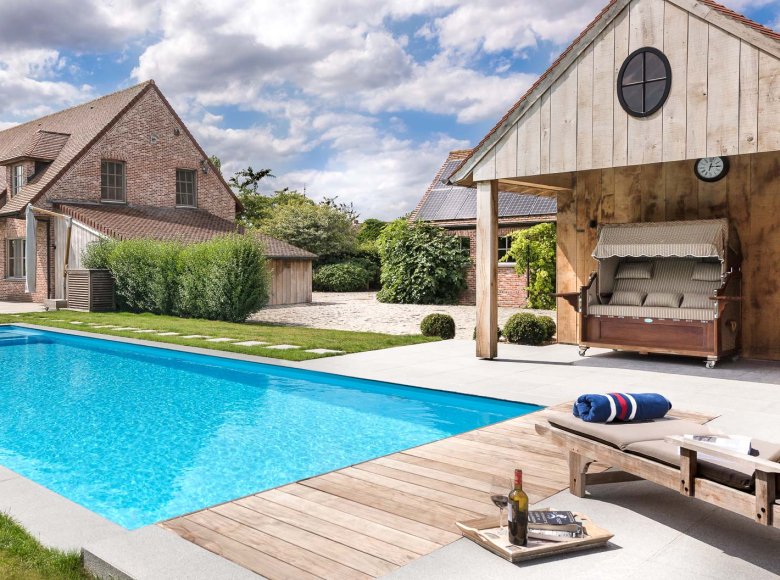You can also save quite a bit on the use of maintenance products by preventing as much dirt as possible from getting in the swimming pool. Dirt ensures that you will need more chlorine and other maintenance products. You will also have to vacuum more frequently, which causes greater wear to the filter.
However, you can cut maintenance costs considerably by applying a few relatively simple measures. If you haven’t built the pool yet, find a location that isn’t too close to trees. If you have too many trees, consider removing at least some of them. The trees cause a lot of leaves to end up in the pool, which increases the need for swimming pool chemicals.
Also remember to provide for a one-metre terrace around the swimming pool. If you don’t, you run the risk of too much grass getting into the pool and sticking to the feet.
Another simple tip is: take a shower before swimming. As people, we tend to bring a lot of dirt with us to the swimming pool. Just think of all the sunscreen, deodorant, dead skin flakes, hairs, etc. Showering beforehand avoids this dirt ending up in the water, saving on pool maintenance products.
Dogs generally really love to swim. But dogs also make sure a lot of dirt lands in the water. To avoid getting dirt in the pool, it is better not to let your pet go in the water.



